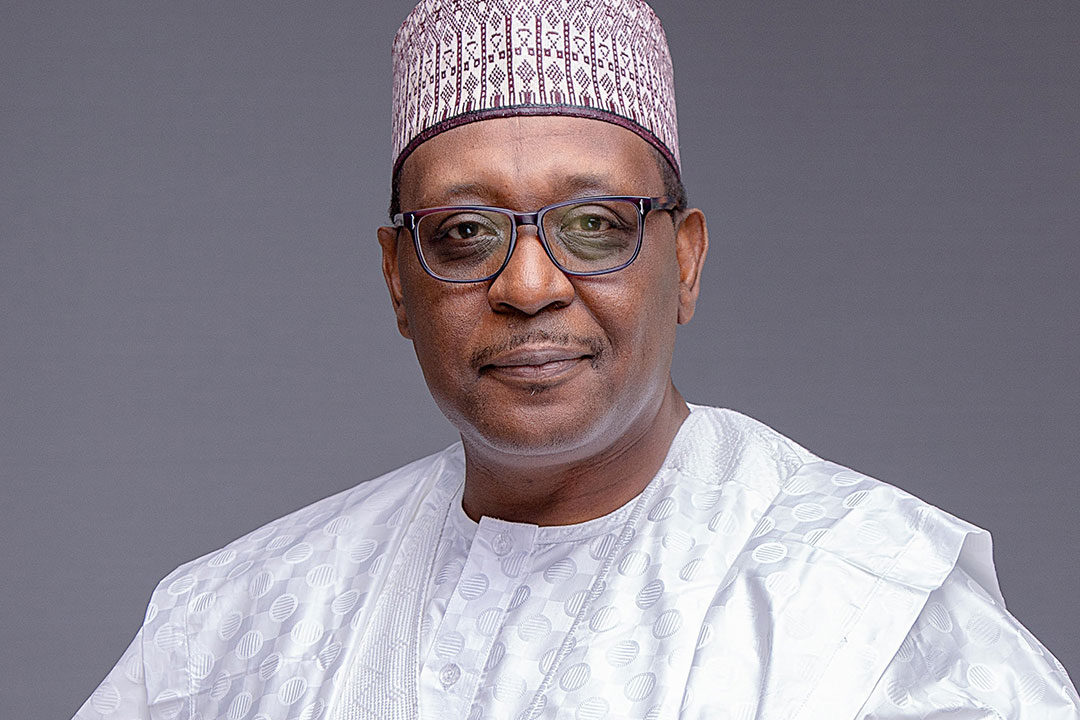
AS Nigeria joins the rest of the world to mark World AIDS Day today, all tiers of government, local communities, and civic organisations should join the campaign to prevent its further spread, and eradicate HIV/AIDS in the country.
This year’s theme, according to the World Health Organisation, “Let Communities Lead,” highlights the primary role communities can, and should play in ensuring the country gets to goal zero in new HIV infections.
Communities living with, and affected by HIV, networks of people from key populations and youth leaders have been and continue to be essential for progress in the HIV response, says the WHO.
It strongly recommends that local communities partner states and the Federal Government, as well as NGOs to provide essential prevention, testing and treatment support services, build trust, generate innovative solutions, promote health, monitor the implementation of policies and programmes, and hold care providers accountable.
As of 2021, Statista noted that 1.9 million people in Nigeria were living with HIV. Women were the most affected group. Also, children up to age 14 who were HIV-positive numbered 170,000.
Out of the total number of Persons Living with HIV/AIDS in the country, only 1.46 million had access to antiretroviral therapy as of 2020. Antiretroviral drugs reached 86.04 per cent of the PLWHA population in the country.
Although there has been a steady increase in the number of PLWHA covered by ART from 2010 to 2020, from 340,000 in 2010 to 1.46 million by 2020, more needs to be done to increase access.
The United Nations on Tuesday noted that it was still possible to end the HIV/AIDS scourge by 2030 through innovative and consistent remedial programmes.
It urges governments, communities, and care givers to remain focused and dogged in eradication efforts. The global body stressed that eradication can be achieved “only if communities and services on the ground are given the means.” This is a challenge for Nigeria’s governments and advocacy groups where the campaign against HIV/AIDS has waned in recent years.
The UNAIDS agency said in its annual World AIDS Day Report that community-led responses are unrecognised, under-resourced, and in some places under attack in many countries. “The message of this report is one of active hope. Although the world is not currently on track to end AIDS as a public health threat, it can get on track,” the report added.
The UN first set out in 2015 the target of ending AIDS as a public health threat by 2030. There are 39 million people around the world living with HIV — the virus that causes AIDS. Of these, 20.8 million are in sub-Saharan Africa, and 6.5 million are in Asia and the Pacific.
But 9.2 million of the PLWHA worldwide do not have access to life-saving treatment.
The annual cost of treatment has come down from $25,000 per person in 1995 to less than $70 in many countries most affected by HIV. Recent upheavals in the global and national economies along with attendant inflation however suggest that this may have risen in the most economically vulnerable countries.
The Nigerian Agency for the Control of AIDS must revitalise its programmes and make access to these drugs much easier for Nigerians LWHA. The Coordinating Minister for Health, Ali Pate, who has experience in international health programmes, should restore the HIV/AIDS programme to the top priority spot and ensure that it is adequately funded.
The awareness campaign should be revived, and all stakeholders brought on board. Individuals should take responsibility for their own health, seek knowledge on its causes, and avoid risky living that can expose them to HIV.














